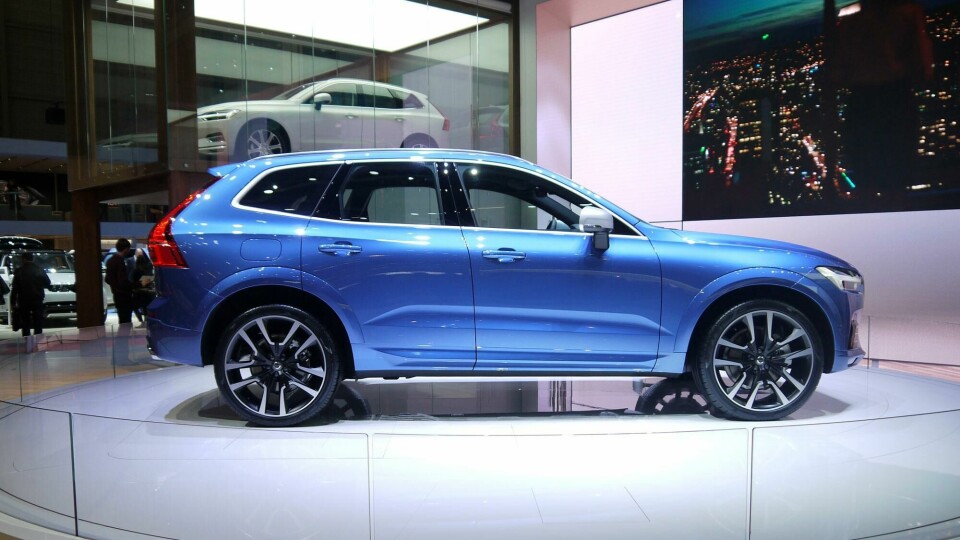
Geneva 2017: Max Missoni on Volvo’s XC60 exterior
CDN talks XC60, the first production car designed entirely under Thomas Ingenlath
When Thomas Ingenlath took over at Volvo in July 2012, work on the XC90 was virtually complete. As he pointed out to CDN in 2015, he had only a “small, small window” in which to influence the final vehicle inside and out. By all accounts he managed to find the wriggle room and budget to influence it quite a lot.
Nonetheless, the freshly unveiled XC60 is a car where the design window was wide-open all along, so it’s no surprise to see a much deeper connection to the design language established by the memorable trio of concepts that quickly emerged under Ingenlath’s tenure; the 2013 Concept Coupé and 2014 Concept Estate and XC Coupé.

Max Missoni, Volvo’s vice president of exterior design, told CDN that the new XC60 is intended to be a more lithe and sporty car than the chunky XC90, hence the clearer connection to the concept coupés; most obviously visible in the sharp crease running over the rear haunch, and in the sheer surfacing.
“This one is the ‘me’ SUV, whereas the XC90 is more me and my family,” says Missoni.

Volvo intends to differentiate its three product lines – 90, 60 and 40 – with distinct shifts in design vocabulary, Missoni adds. “We keep the design cues like the Thor’s hammer lamps, the floating grille, the form language feature lines, but with the body and the stance we really make a difference. This one is [in] the athletic cluster and that’s where the concept cars from a couple of years ago come into play.”
Based on the same SPA platform as the XC90 and S/V90, the XC60 shares the same dash-to-axle ratio and will run on rims of the same dimensions. “So you can imagine what happens if you take those proportions and shrink the rest around them,” says Missoni.

Notably the XC60 is wider and lower than its predecessor, but not nearly as wide as the US-focused XC90. “[The average] Japanese parking garage set the width for us at 1902mm,” continues Steve Potter, the car’s exterior design manager.
Missoni says the key external features include the return of the stronger, rounded shoulder line, and a sculptural quality to the body. “We still want to show the solid volume even where we’ve scooped out of the volume, to imply solidity. These cars on the new platform are still the safest cars around and the shape must symbolise that.”
Potter adds that the scoops carved into the flanks and bonnet surface are intended to emphasise the strength of the gently curved surface you’d see in section. He also pointed out that there are no surface interruptions to facilitate the door swinging action. “We have underwrapped doors on this car, and everything was very optimised to get the door swings [hinges] to work and still have a very clean sides,” he explains.
“The simpler a shape becomes, the more refinement you need to put into those negatives that lead up to a crease line,” says Missoni, “to really get a premium feeling across. We spent a lot of time on reflections and highlights, and that takes a lot of negotiation with engineering, because sometimes there is something in the way. That was a big challenge.”
Missoni adds the overall aim was to deploy new design cues while retaining familiarity with the outgoing XC60 – a strong selling, important car for Volvo’s profitability. “We don’t want to scare those people off, so it’s clearly an XC60 – but proportionally it’s a different animal.”



